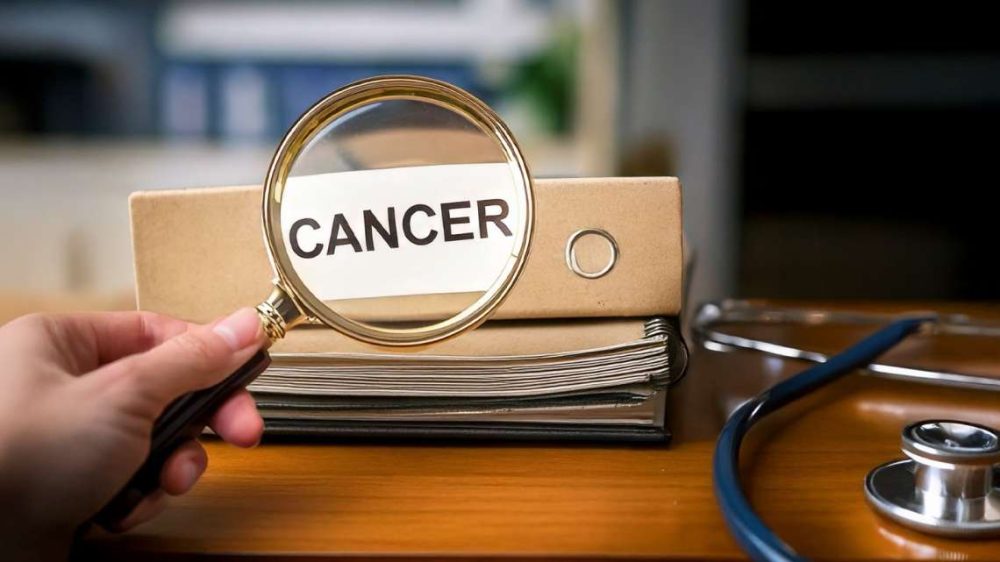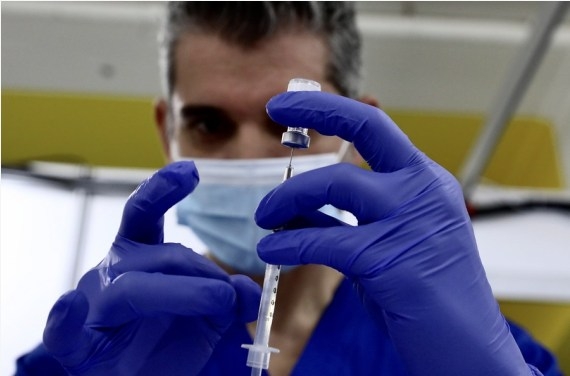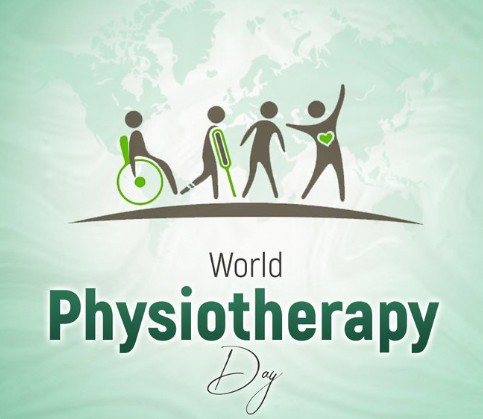
Are you in the age group of 20 to 40? Do you encounter back pain frequently? Is it difficult for you to carry out your real-world-activities with ease owing to that notorious back pain? Do you tend to cancel your office meeting or avoid attending those important presentations due to back pain? Or are you unable to attend social gatherings or ceremonies?
If yes, you must immediately consult to a doctor as your nagging back pain could be due to an underlying condition called ankylosing spondylitis which is a type of arthritis known to take toll on your back, advises Dr Dipti Patel, Consultant- Rheumatologist, Wockhardt Hospital Mumbai Central.
On the occasion of World Arthritis Day, here’s a brief about Ankylosing spondylitis and why managing it is the need of the hour.
“Nowadays, back pain is commonly seen in young patients. But you will also be shocked to know that your notorious back pain could be indicative of a chronic condition called ankylosing spondylitis,” says Dr Patel.
If you are one of those who encounter back pain after rest like on getting up in the morning or after sitting for a long time, after long hours of driving a car, or while lifting a heavy object or while bending then beware! The expert explains why.

Ankylosing spondylitis (AS) can be termed as a type of arthritis that mainly affects one’s back. It occurs due to inflammation in the joints of the spine, leading to pain and stiffness. The word ankylosing stands for joining together or fusing and spondylitis can be described as the inflammation of one’s spine. The type of inflammation in AS causes the affected joints to get joined together and become one bone after a prolonged duration.
Ankylosing spondylitis can give a tough time to anyone, although it’s more likely to start in the late teens and between the age group of 20- 40. It is common in men thrice than in women.
Symptoms of Ankylosing spondylitis
You may encounter lower back or neck pain and stiffness in the morning which wears off during the day or with activity, if you have this condition. The stiffness that lasts for around 30 minutes in the morning helps to distinguish ankylosing spondylitis from simple back pain. One may encounter pain after rest and wake you up in the night. The stiffness can be tackled by exercise or movement.
There may be pain in your sacroiliac joints (the joints where the base of your spine meets your pelvis), your buttocks or the backs of your thighs.
Other symptoms that one may exhibit are pain and swelling in joints other than those in the spine, tenderness or discomfort around your heels, swollen fingers or toes and even eye inflammation (painful, bloodshot eyes).
Causes of Ankylosing spondylitis
The definite causes of this condition are still not known. But, it can be hereditary (genetic) tendency associated with a gene called HLA-B27. Blood test will be recommended by the doctor if the symptoms indicate AS. Consult your doctor immediately to manage this condition. MRI scans can be requested to confirm the diagnosis of this condition.
Treatment
The aims of the treatment are to ease pain, stiffness and to keep your spine as mobile and flexible as possible. It is important to diagnose and treat this condition early to slow down the progress of the disease, and improve the quality of life.

The drugs used initially are non- steroidal anti-inflammatory tablets which reduce pain and stiffness. You should take these drugs only when your doctor prescribes it. Do not self-medicate as your condition can worsen.
The biologic drugs are newer available powerful injections which suppress the immune system and prevent the permanent damage to the spine. These drugs improve the quality of life the patients. These are very promising drugs in treatment of AS.
Dos and dont’s
Exercising is extremely important to maintain the flexibility and helps the condition from worsening. Specific back exercises for AS should become a routine part of life to be done daily. Speak to your doctor and the fitness trainer about the back exercises that are suitable for you. Avoid going overboard.
Do not lift any heavy object or bend inappropriately, if you have this condition.
Do not delay in seeking an opinion from a Rheumatologist if you have developed symptoms before age of 40 of lower back pain with stiffness worse in the morning more than 30 minutes and easing with movement.
Also Read-Parv Kaur Wants Hit Heroines To Essay Her On Screen









